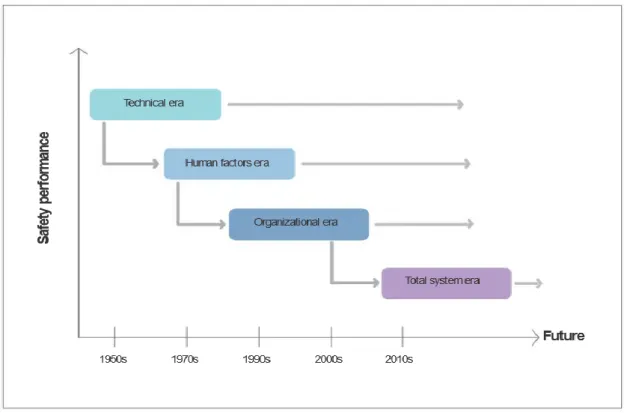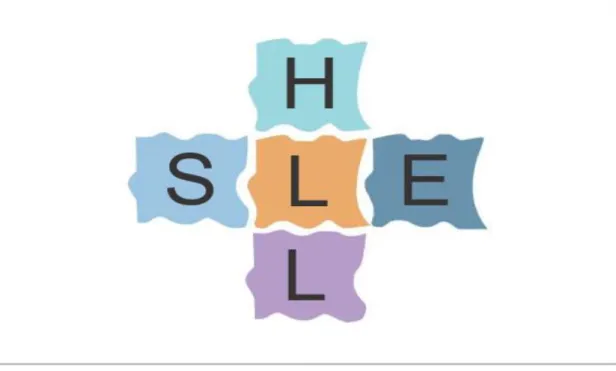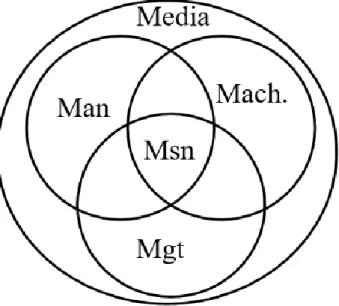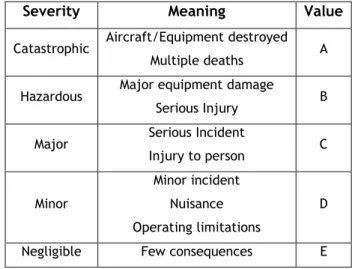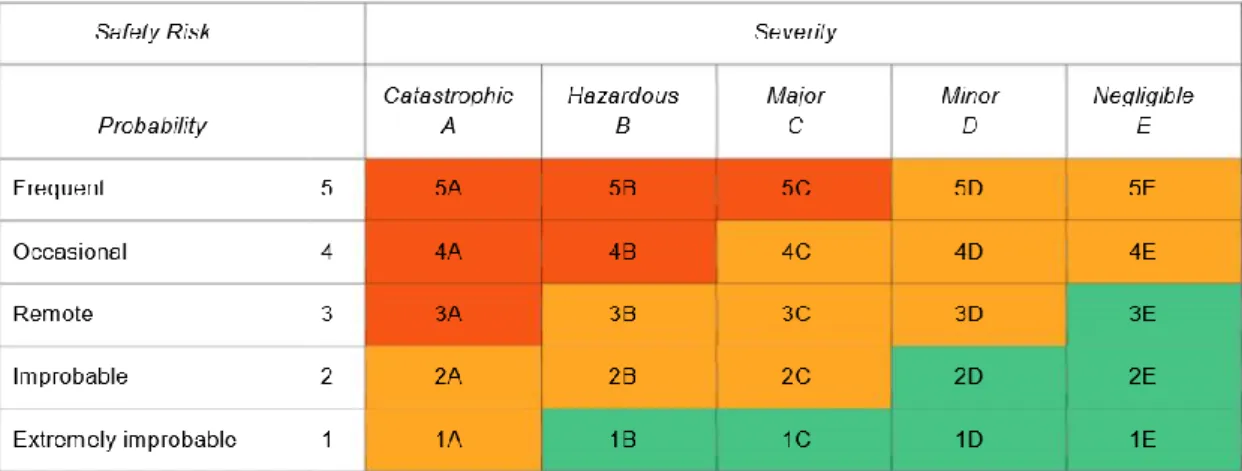Feasibility Study of a Hazard Identification Process on Daily Operations of a National Airline Operator
Texto
Imagem
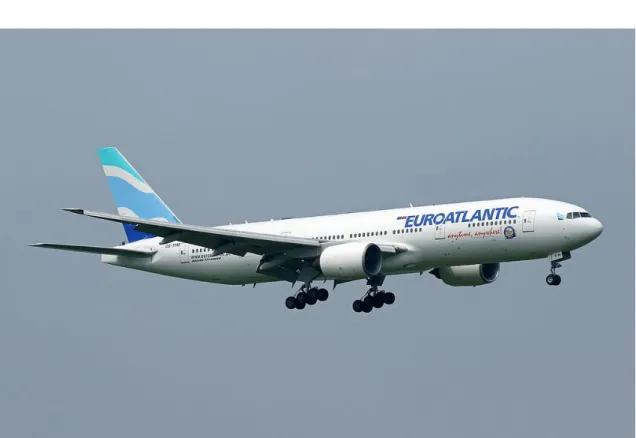
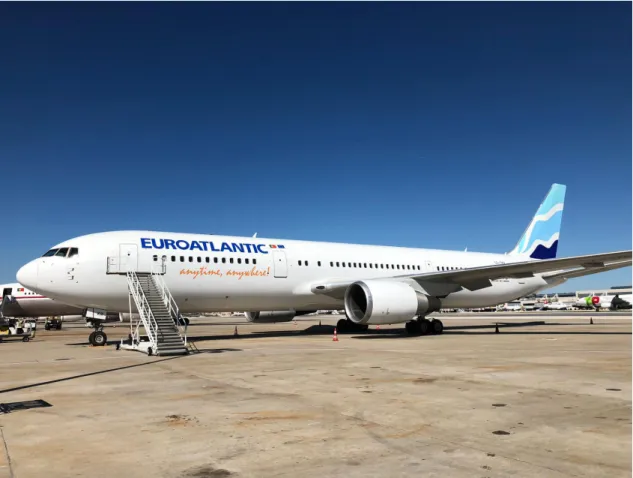
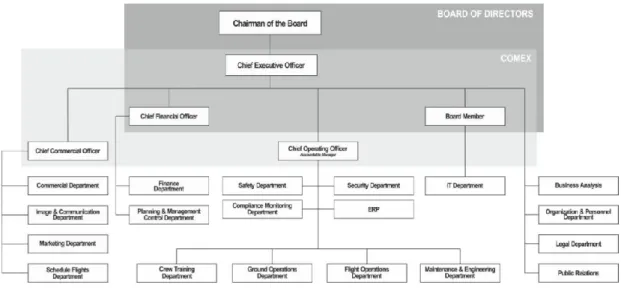

Documentos relacionados
Dentro deste grupo terapêutico destacaram-se as reacções adversas aos anti-inflamatórios inibidores específicos da ciclooxigenase-2, que demonstravam existir uma relação entre
Moreover, under this same domain of ‘loss/hurt,’ this connection with mano cornuta is shown for the ASL sign silly (SHAW; DELAPORTE, 2015), as well as for the signs irony and
The Natural theologians of the 18 th and 19 th centuries insisted that the complexity and harmony of a plant or an animal and its place in nature has been designed by its
One such life style adoption is squatting, that is known to change the morphology of the bones especially the lower end of tibia and the superior articulating surfaces of talus..
Oral health education programs targeted at visually impaired people by dental professionals are needed both in dental care and in institutes for blind people, so that
De qualquer forma, por esses e outros debates que ainda provocam a cidade, a “verdade” sobre o que foi e é a história da Estrutural ainda é objeto de
Seguiu para Veneza por um trajecto comum a outros cristãos ‑novos que se deslocavam para o Levante, onde podiam viver como judeus escondidos.. A pedido dos inquisidores de
Em relação à artrite séptica de quadril - forma mais comum e danosa da doença -, o diagnóstico e tratamento precoce é um ponto fundamental para que se evitem danos maiores,

